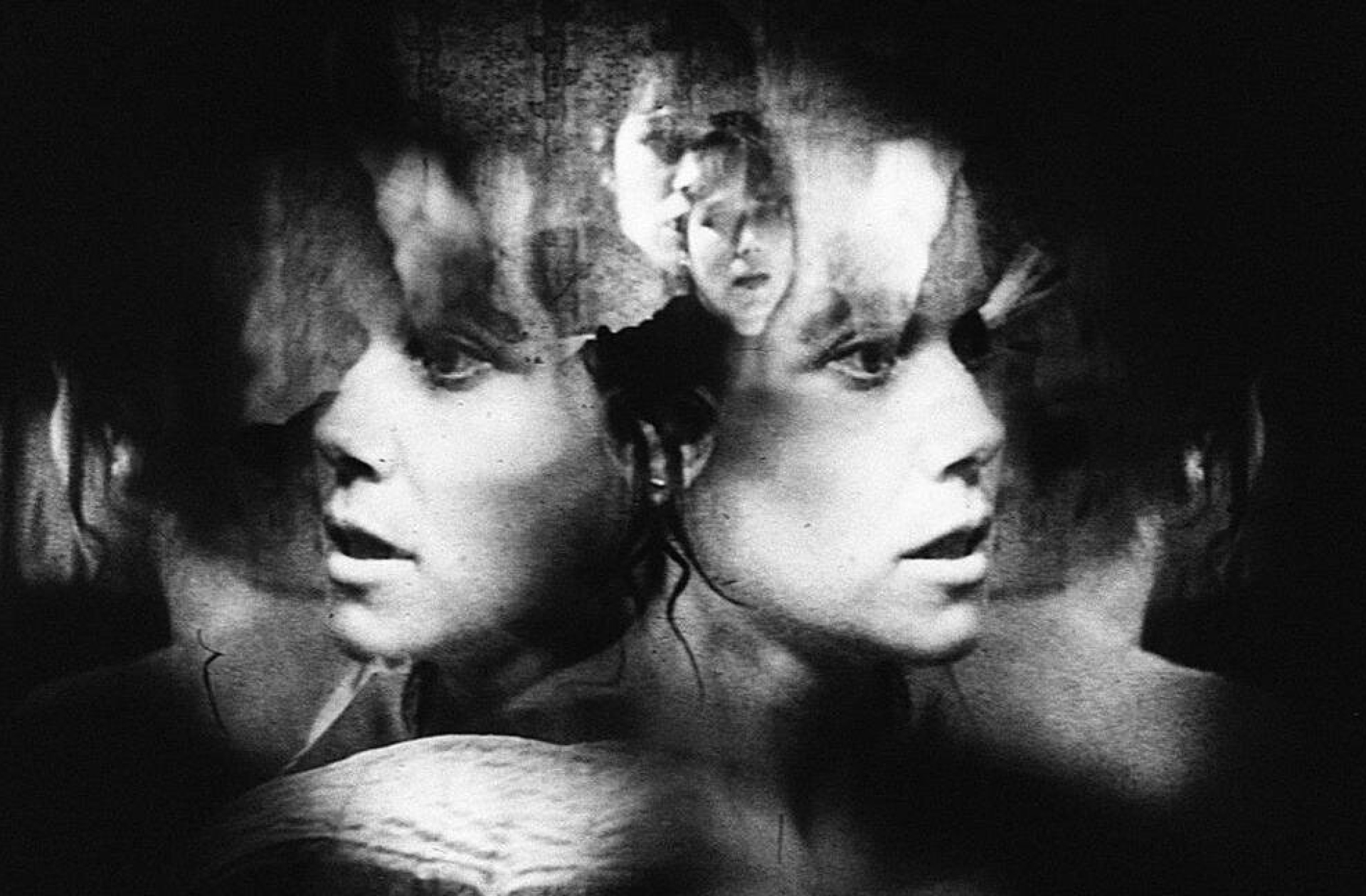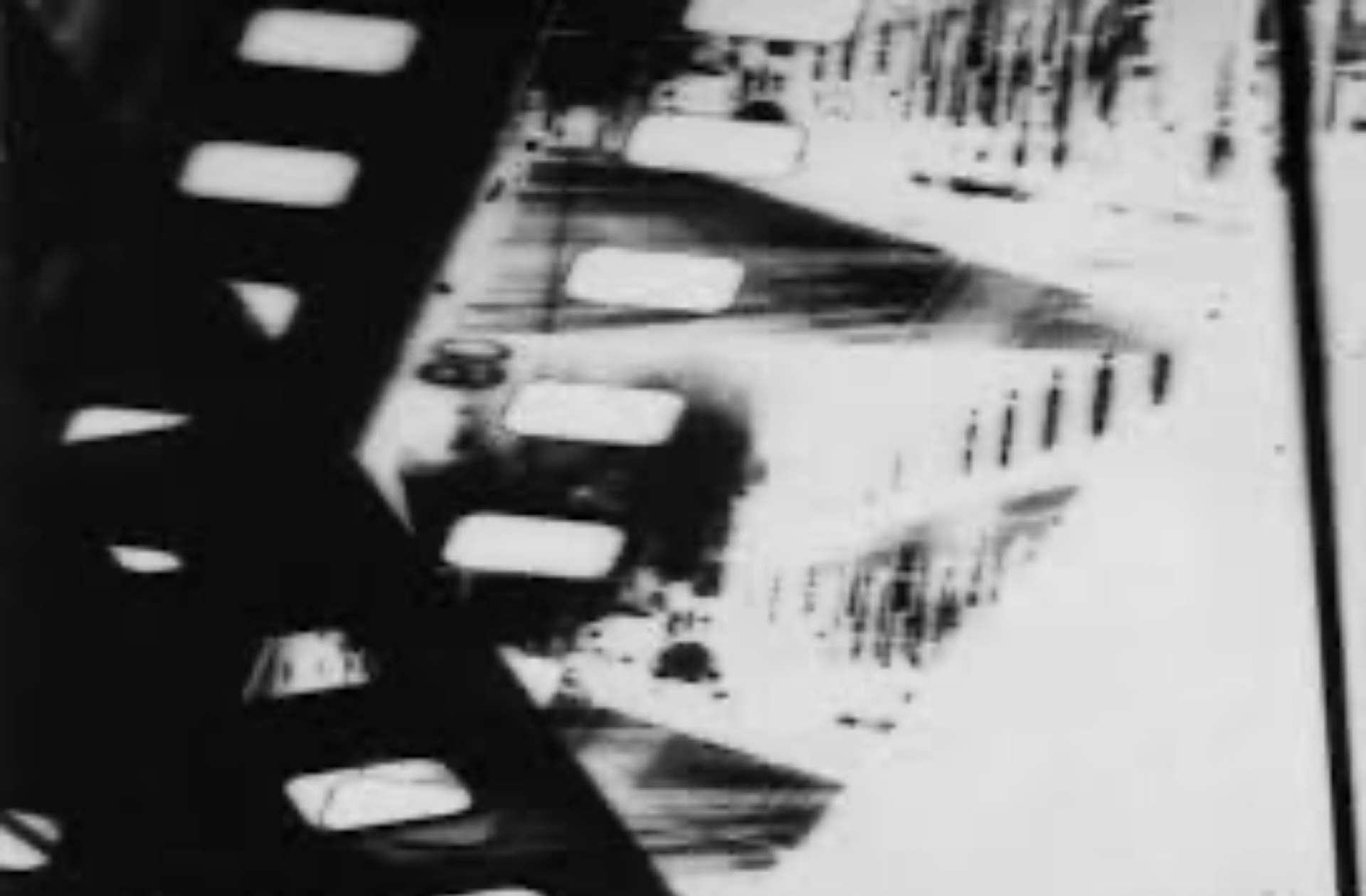Peter Tscherkassy: Fragments of Light and Shadow
Austrian filmmaker Peter Tscherkassky has redefined what cinema can be, transforming fragments of found footage into hypnotic works of light, shadow, and emotion. As a passionate admirer of his work, I find his films both intellectually challenging and deeply moving, capturing the raw pulse of experimental cinema at its most alive.

The Architect of the Avant-Garde
There are few filmmakers who push the boundaries of cinema as fearlessly and poetically as Peter Tscherkassky. Born in Vienna in 1958, he has become one of the most important voices in experimental film, merging intellectual precision with visceral emotion. Educated in Political Science, Journalism, and Philosophy at the University of Vienna, he brings an academic depth to his practice that is as evident as it is subverted. Since 1980, Tscherkassky has completed over thirty films, including Parallel Space: Inter-View (1992), L’Arrivée (1998), Outer Space (1999), and Dream Work (2001), all of which have been shown at major international festivals and art institutions such as Cannes, Venice, and Tate Modern. Beyond his filmmaking, his role as theorist, curator, and co-founder of collectives like sixpackfilm and the Austrian Filmmakers Cooperative has made him a cornerstone of Austria’s avant-garde cinema.
Outer Space and the Cinema of Disruption
I’ve always been deeply moved by Tscherkassky’s ability to transform found footage into something utterly new, haunting, tactile, and alive. His short film Outer Space remains, for me, one of the most touching and disturbing cinematic experiences ever made. Through violent montage, flashes of overexposure, and a sculptural manipulation of film material, Tscherkassky breaks apart traditional storytelling and exposes the raw psychological and emotional charge of cinema itself. Watching it feels like being pulled into a dream, or perhaps a nightmare, crafted from the ghosts of other films. It’s a reminder that cinema, in his hands, is not merely an image on screen but a living, breathing act of transformation.

Crafting with Light: Tscherkassky’s Handmade Cinema
What fascinates me most about Tscherkassky’s work is the way he physically creates his films. Working almost entirely in the darkroom, he painstakingly assembles and manipulates 35mm film by hand, using found footage from old Hollywood movies and forgotten reels. Each frame is exposed, layered, and rephotographed using an optical printer, a process that transforms existing images into something ghostly and new. There is no digital shortcut in his method, only light, film stock, and an extraordinary amount of patience. This manual labor gives his films a tangible, almost sculptural quality. You can feel the texture of the filmstrip, the flicker of the projector, and the pulse of his creative touch. I relate to this deeply, as I also spent a year working in a darkroom with a Repro camera, layering and recopying film by hand. Those long hours surrounded by the smell of chemicals and the quiet rhythm of light taught me to appreciate these processes in art, where creation becomes as much about touch and time as it is about vision. Tscherkassky’s way of working reminds me of that same magic, where every frame carries both precision and imperfection, and where the act of making is itself a form of devotion.
The Living Material of Film
As someone who loves experimental cinema, I find Tscherkassky’s work extraordinary not only for its technical mastery but for its emotional depth. His films remind me that the essence of cinema lies in its material, in the flicker, the grain, the rhythm of light and shadow. He bridges philosophy and emotion, art and theory, crafting experiences that are both cerebral and deeply felt. Tscherkassky’s body of work continues to inspire artists and audiences around the world, and for me personally, his films stand as proof that cinema is still capable of reinventing itself, forever strange, beautiful, and alive.
